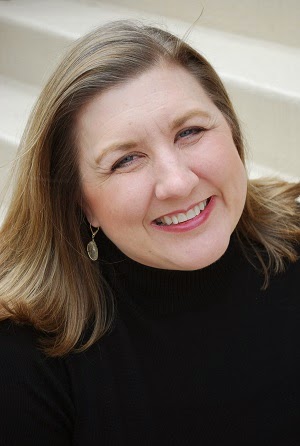As I begin to imagine elements of the story at the center of my next novel, the world of a mysterious carnival, I think of the Arbor Fair, a place I created in my book, The Mists of Na Crainn.
While Lyric walked through the forest, Saoirse and Andrew behind her, colors gradually appeared through the slivers of space between the leaves and branches overhead. Clanking and voices came from all around her. As she cautiously moved forward, the colors became a stall of multicolored textiles—rugs and tablecloths and interesting tunics and long skirts. More stalls appeared beside and in front of that one. One stall sheltered by a tarp held glass containers of various sizes. One hung suspended over a small flame that boiled the blue liquid inside of it. As Lyric passed, the woman behind the table dropped powder into its narrow opening. A foamy sheet emerged from the opening and covered the sides.
The booths in the new novel will not be filled with sellers of goods, but perhaps people who can tell the future, who can conjure up tiny milky ways from collecting bioluminescent insects, or perhaps are unusual dancers or contortionists—something mystical and unexpected.
Like many writers, I look to real life and real places for inspiration. Fall brings with it one of my favorite events that may serve that purpose this year: the State Fair of Texas. I don’t ride many rides (except for the giant Ferris wheel) or play games on the midway, though I watch others who do. Instead, I admire the quilts that hang in the Creative Arts building, walk through the barns to see what animals are there to compete, and eat my fill of fair food.
I often wish that the fair was a better neighbor to the communities that surround it, especially because of the communities it brings together. At the fair, rural culture encounters city culture—and vice versa. Who knew there were miniature Hereford cows? Or that llamas wear expressions of constant disapproval? Will one of these animals this year spark an idea of something unique?
The pastimes of many—knitters, photographers, the people who concoct elaborate fried creations—take center stage at the real Texas State Fair. Fewer venues are better for people watching.
My visit usually ends with a trip on a gondola moving over the fairgrounds. As I look down on the lights illuminating the whirling cars and the crowds of people making their way between game booths, I already see a world all its own.



















